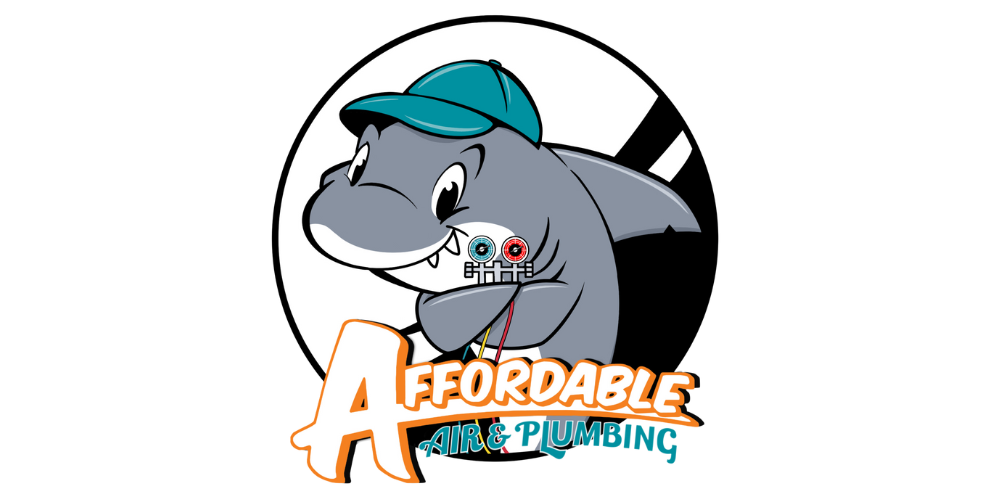Exploring the Different Types of Air Conditioners: Choosing the Best Fit for Your Needs
As summer temperatures soar, an efficient air conditioner (AC) can make a world of difference in maintaining comfort and coolness in your home or workplace. With various types of ACs available on the market, selecting the right one can be a daunting task. Each type has its own advantages, applications, and features. In this blog, we will explore the different types of air conditioners to help you make an informed decision before you pick out your air conditioner installation.
1. Window Air Conditioners
Overview
Window air conditioners are one of the most common and affordable types of ACs. As the name suggests, these units are installed in a window or a specially designed slot in a wall.
Features
Single Unit: Comprises all components (compressor, condenser, expansion valve, and evaporator) in one unit.
Ease of Installation: Simple to install and remove, making them suitable for renters.
Cooling Capacity: Suitable for small to medium-sized rooms.
Pros
Cost-effective.
Easy installation and maintenance.
Ideal for individual rooms.
Cons
Blocks the window, reducing natural light.
Noisy operation compared to other types.
Limited to rooms with suitable windows.
2. Split Air Conditioners
Overview
Split air conditioners consist of two main components: an indoor unit and an outdoor unit. The indoor unit contains the evaporator, while the outdoor unit houses the compressor and condenser.
Features
Flexible Installation: Can be mounted on walls, ceilings, or floors.
Aesthetic Appeal: Sleek and modern design.
Cooling Capacity: Suitable for small to large rooms.
Pros
Quiet operation.
Efficient cooling and heating options.
Better air distribution.
Cons
Higher initial cost and installation charges.
May require duct work.
Requires professional installation.
Outdoor unit placement may be restricted by space and regulations.
3. Portable Air Conditioners
Overview
Portable air conditioners are mobile units that can be moved from room to room. They require a vent to expel hot air, typically through a window or a wall.
Features
Mobility: Usually equipped with wheels for easy movement.
Ease of Use: Plug-and-play operation.
Cooling Capacity: Suitable for small to medium-sized rooms.
Pros
No permanent installation required.
Versatile and flexible.
Ideal for rooms without windows.
Cons
Noisier than other types.
Requires regular maintenance (emptying the water collection tray).
Limited cooling capacity.
4. Central Air Conditioners
Overview
Central air conditioners are designed to cool an entire house or building through a system of ducts that distribute cool air to multiple rooms.
Features
Integrated System: Works with a duct system to provide uniform cooling.
Efficiency: High efficiency in cooling large spaces.
Programmable Thermostat: Allows for precise temperature control.
Pros
Consistent temperature throughout the building.
Adds to property value.
Quieter operation (indoor noise is minimal).
Cons
High installation cost.
Requires regular maintenance of ducts.
Not suitable for homes without existing ductwork.
5. Ductless Mini-Split Systems
Overview
Ductless mini-split systems are similar to split air conditioners but do not require ductwork. They consist of an outdoor compressor unit and one or more indoor air-handling units.
Features
Flexible Zoning: Allows individual temperature control in different rooms.
Energy Efficient: Reduces energy loss associated with ductwork.
Cooling Capacity: Suitable for small to large rooms.
Pros
Easy to install compared to central AC systems assuming there is not existing duct work.
Provides both heating and cooling.
Quiet operation.
Cons
Higher upfront cost compared to window or portable units.
Indoor units may affect room aesthetics.
Requires professional installation.
6. Hybrid Air Conditioners
Overview
Hybrid air conditioners combine the benefits of a heat pump and a traditional air conditioner. They can switch between electricity and fossil fuels to optimize energy use.
Features
Dual Fuel Capability: Uses electricity for cooling and either electricity or gas for heating.
Energy Savings: Automatically selects the most efficient energy source.
Cooling and Heating: Provides year-round climate control.
Pros
Lower energy bills.
Environmentally friendly.
Versatile operation.
Cons
Higher initial cost.
Complex installation.
Requires regular maintenance.
7. Geothermal Air Conditioners
Overview
Geothermal air conditioners use the stable temperature of the earth to heat and cool your home. They are also known as ground-source heat pumps.
Features
Sustainable Energy Source: Uses the earth’s natural heat.
Long Lifespan: Durable and long-lasting systems.
Energy Efficiency: Highly efficient with low operating costs.
Pros
Significant energy savings.
Environmentally friendly.
Quiet operation.
Cons
Very high installation cost.
Requires significant land area for installation.
Complex installation process.
Final Thoughts: Matching Your Cooling Needs with the Right AC
Choosing the right type of air conditioner depends on various factors, including your budget, the size of the space, installation constraints, and specific cooling needs. Window air conditioners and portable units are great for small spaces and ease of installation, while split systems and ductless mini-splits offer quiet operation and flexibility. Central air conditioners are ideal for whole-house cooling, and hybrid and geothermal systems provide energy-efficient solutions for eco-conscious homeowners.
By understanding the different types of air conditioners available, you can make a more informed decision and enjoy a comfortable and cool living environment throughout the hot summer months.

